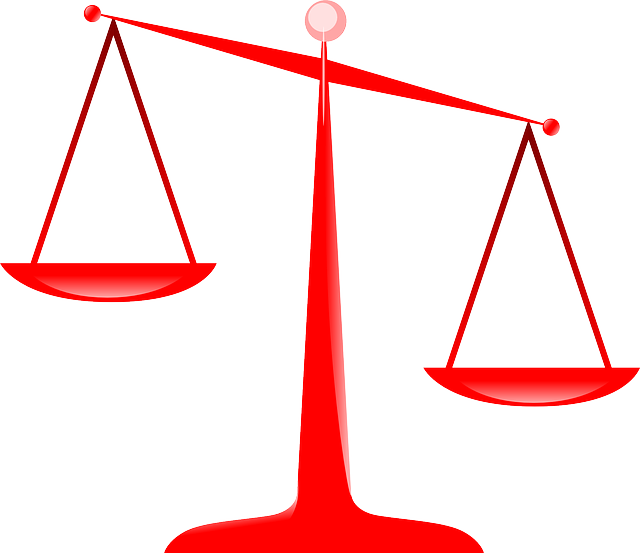This text compares two cash flow management strategies for businesses: Purchase Order (PO) financing and invoice factoring. PO financing offers predictable funding by securing loans against future customer orders, ideal for companies with consistent sales cycles, but requires strong credit history. Invoice factoring provides rapid access to cash within 24 hours by selling outstanding invoices at a discount, suitable for urgent capital needs, yet varies in fees and may not fit businesses with irregular invoicing or weak creditworthiness. Businesses should carefully consider their cash flow needs, customer base, and industry standards when deciding between these options, each catering to distinct financial scenarios. Key SEO keywords: purchase order financing vs invoice factoring, PO financing or invoice factoring, differences between PO financing and factoring, comparing PO financing and factoring, PO financing versus factoring, invoice factoring vs purchase order financing.
Deciding between purchase order (PO) financing and invoice factoring is a crucial choice for businesses seeking to optimize cash flow. This article guides you through the nuances of these financial solutions, offering insights into their unique definitions, functionalities, and applications. We delve into the key differences regarding timeframe, risk assessment, and business requirements, while comparing costs, credit impacts, and flexibility. Understanding these aspects is essential for making an informed decision tailored to your specific needs in today’s dynamic market.
- Understanding Purchase Order Financing and Invoice Factoring
- – Definition and basic concepts of each
- – How they work in the financial process
- Key Differences Between PO Financing and Factoring
Understanding Purchase Order Financing and Invoice Factoring

Purchase Order (PO) financing and invoice factoring are two distinct methods businesses use to manage cash flow and fund their operations, each with its unique advantages and considerations. PO financing involves securing a loan against an upcoming purchase order from a customer, allowing businesses to access funds before the goods or services are delivered. This option is particularly appealing for companies that have consistent sales cycles and reliable customers, as it offers a predictable cash flow solution. On the other hand, invoice factoring provides immediate funding by selling outstanding invoices to a third-party factor at a discount, effectively speeding up the payment process from customers.
When comparing PO financing versus factoring, businesses should weigh the benefits. PO financing maintains the traditional banking relationship and may have more favorable interest rates, but it requires a strong credit history and can be time-consuming to secure. In contrast, invoice factoring offers quicker access to cash, often within 24 hours of submitting the invoice, making it an attractive option for businesses needing rapid capital. However, factoring fees can vary, and the process may not suit companies with irregular invoicing cycles or those lacking strong creditworthiness. Understanding these differences is crucial when deciding between PO financing and invoice factoring as a business strategy.
– Definition and basic concepts of each

Purchase Order Financing vs Invoice Factoring:
Purchase Order (PO) financing and invoice factoring are two distinct financial strategies that businesses use to manage cash flow and funding for their operations, each with its unique approach and benefits. PO financing involves securing a loan based on an outstanding purchase order from a customer, allowing businesses to receive payment upfront for goods or services they have provided but not yet delivered. This method provides immediate funds, easing the financial burden of pending invoices. On the other hand, invoice factoring is a form of funding where a business sells its accounts receivable (invoices) to a third-party factor, who then collects the payments from the customers directly. Factoring offers a cash injection and helps businesses manage their receivables efficiently.
The key differences lie in their implementation and focus: PO financing targets pre-existing purchase orders, providing working capital based on future sales, while invoice factoring deals with invoices that have already been issued, offering quick access to funds for immediate needs. When comparing these two, businesses should consider their cash flow requirements, the nature of their customer base, and the industry standards, as each has its advantages and is suited to different business models. Understanding these nuances is crucial when deciding between PO financing or factoring for optimal financial management.
– How they work in the financial process

Purchase order (PO) financing and invoice factoring are two distinct financial strategies that businesses use to manage cash flow and secure funding for operations. PO financing involves a lender providing funds based on the value of a customer’s purchase order. This method is ideal for businesses seeking pre-sale funding, as it aligns with the sales process. Once the goods are delivered and the invoice is issued, the financier repays the original amount plus fees, offering a quick injection of cash.
In contrast, invoice factoring focuses on the billing stage. It involves selling outstanding invoices to a third-party factor at a discount. The factor then collects the full payment from the debtor (the customer who owes the invoice). This process provides immediate funding for businesses but may not be as suitable for companies with lengthy sales cycles or those that prefer maintaining direct relationships with their customers. Comparing PO financing and factoring, each has its advantages, catering to different business needs in terms of cash flow management and operational strategies.
Key Differences Between PO Financing and Factoring

When deciding between purchase order financing (POF) and invoice factoring, understanding their key differences is essential. PO financing involves extending credit to a buyer based on their agreement to pay a supplier at a future date, typically linked to the delivery of goods or services. This method provides working capital to businesses by advancing funds before the invoice becomes due. On the other hand, invoice factoring offers immediate cash flow by selling outstanding invoices to a third-party factor, who then collects the debt on the company’s behalf.
While PO financing allows businesses to maintain control over their accounts receivable and invoicing process, it may have longer settlement cycles. Conversely, invoice factoring provides faster access to funds but involves assigning future revenue streams to a factor, which can impact cash flow management. Comparing these options, businesses should consider their cash flow needs, desired level of control, and the terms offered by various financial providers to make an informed decision between PO financing or invoice factoring.






